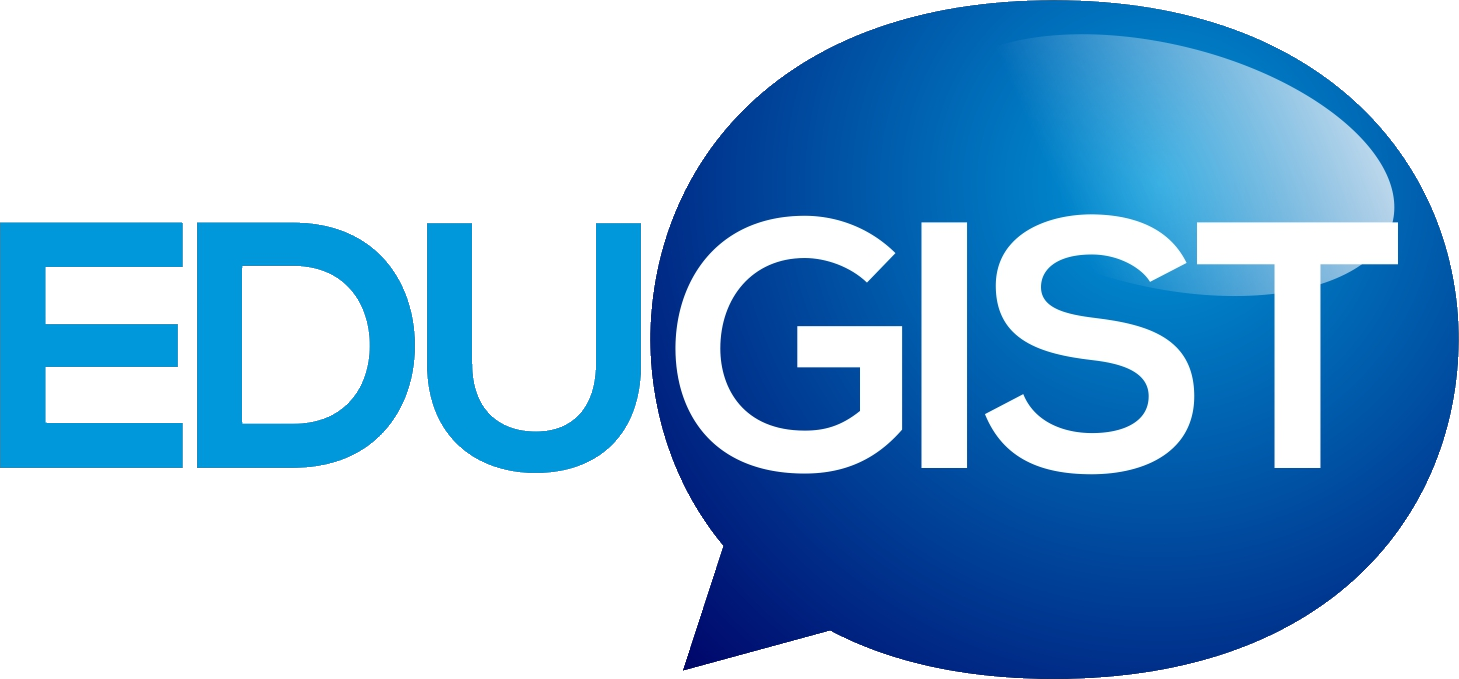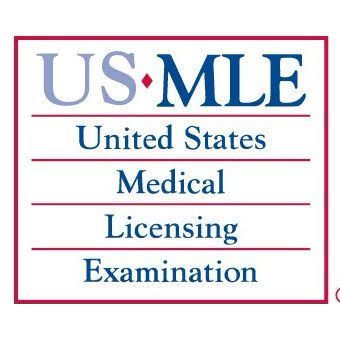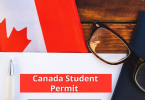Planning to study abroad in the US or Canada? If yes, read on. Because you need to know all the little things about the USMLE step 1 and how to pass it with flying colors.
USMLE is a competitive exam which appraises a physician’s understanding to implement knowledge, concepts, and principles, and to demonstrate key patient-centered skills. This is imperative for patients safety and adequate patient care.
Perhaps, it is deep-rooted, demanding more enhanced knowledge and sufficient concepts to know any disease and disease pattern.
This three-step exam is quality driven which promotes candidates to comprehend difficult concepts and to exercise them throughout their clinical carriers. Performance on the United States Medical Licensing Exam is an important pillar for medical students.
It is imminent for their graduation, and selection to interview for the National Resident Match Program. Tops on examination entails content alliance, and perpetual evaluation and enhancement of the preclinical curriculum.
Medical schools are regularly examining for ingenious means to appraise their curricula, especially if the evaluation method counters efficiently in making proposals and modifications. The Medical education has developed with new recommendations which helps identify disease patterns and techniques of treatment associated with a particular disease.
USMLE board tends to modify the questions and its pattern frequently. So, the primary requirement is to have sufficient knowledge of the underlying concepts which can counter any type of question.
The first part is the Step 1 exam which incorporates basic sciences. Anatomy, Physiology, and Biochemistry, Pharmacology, Pathology, and Microbiology are termed basic sciences.
Basic sciences constitute a fundamental component of the medical curriculum. The background framework of basic sciences fosters a better understanding of clinical sciences and improved clinical acumen.
Also, the use of recommended textbooks, lectures, and tutorials render an adequate understanding of basic sciences. Moreover, with the application of audio-visual aids, and tutorials encourage tangible extension in understanding basic sciences.
Basic sciences lay a sturdy foundation for succeeding clinical learning and thus are central for exams, particularly Step 1 USMLE exam.
Step 1 evaluates whether medical students understand and are equipped to implement important concepts of basic science to medical practice, with appropriate weight on principles underlying methods of therapy, health, and disease.
Preparing well on this exam is notably critical for a medical student. This necessitates time management, a functional approach to plan for this exam, and particularly to appropriate accessible resources for preparing this exam.
The catalog of accessible sources may vary which includes literature review in the form of books, video lectures by reliable medical professors, and diverse question banks available for self-evaluation. Every source has its own importance and significance.
It solely depends on the candidate on how to appropriate these resources. Some might favor going through the books, while others are more comfortable with video lectures.
But the principal step in preparing for these exams is self-evaluation which is best accomplished with drilling question banks.
To prepare for the USMLE Step 1 exam, one should plan an approachable way which encompasses time and resources. As mentioned above, various sources propitious for preparation must be utilized according to individual comfort and ease.
The good attribute about preparation is as nearly all of the resources are readily accessible online and are within reach with just a few easy clicks. Although various resources are available and within reach but stress must be on to find genuine resources that can provide substantial, accurate information, and learning required for exams.
The use of audio-visual aids is increasing with time. These provide adequate concepts with effective learning. These aids are profoundly useful and can render clear concepts. Medical students preparing for Step 1, with heaps of books, digital flashcards, and question banks, seldom find it laborious to become motivated to dive in. This can at times be demoralizing and can dwindle productive learning.
One might just need a sketch of a topic, or for a complex concept to be taught visually. Visuals on a given topic can aid in augmenting the most important learnings. Moreover, these compact bite-sized videos can be used when and where it’s convenient.
Audio-visual aids are suitable for people who are visual learners as videos can certainly help to bring concepts together visually.
Complex concepts which include drawings such as anatomy, can be more convenient with audio-visual aids. This provides an overview of a larger picture which helps in understanding visual concepts and its relevance with literature.
It also provides the layout of how everything ties together with a visual description. With adequate visual understanding, it can help to link visual concepts with other resources. These together provide better understanding and effective learning.
Aside from preparing for USMLE Step 1, it is a linear progression to learn basic sciences and reconsider basic concepts for better clinical acumen. Analyzing medical textbooks and lectures helps distinguish weak areas and the potential to overwhelm these weak areas.
This certainly turns weak areas into possible strength further enhancing clinical knowledge. It is essential to acknowledge the weight of basic sciences and its clinical relevance. Medical professionals at times are further distant from these basic sciences primarily due to hectic and principal involvement in ongoing residency.
To review these basic sciences and clinical knowledge, a swift overview can revive key concepts that can help them understand diseases and their underlying mechanism of treatment.
Students eying on residency programs seldom get demotivated with the heaps of books, the lengthy course, and the extended-time period required to get a match in the US. Of note, the success with USMLE across the globe is substantial. The growth with residency in the US can help you attain never-ending incentives throughout life.
The excellence of degree or qualification from the US is accepted worldwide. However, with an upsurge in available sources for USMLE preparation packed with audio-visual aids, flash cards have made USMLE exams within reach.
That is, if someone has potential and is ready to give adequate time for this exam. Hence, keeping in view the everlasting benefits of residency programs in the US, it is worth spending time to prepare for this exam.
To send a guest post, send a mail to us








